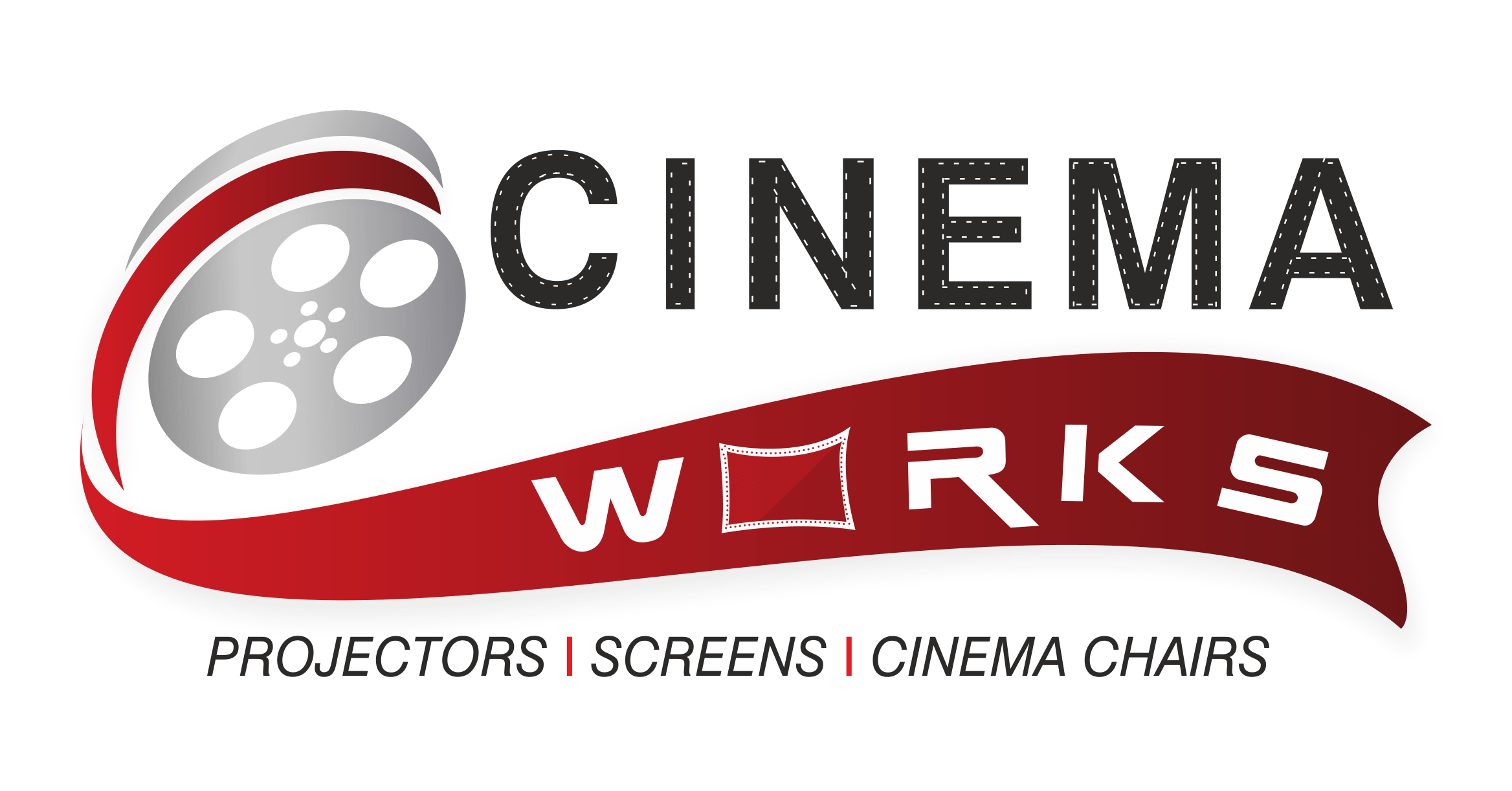Next-Gen Cinema Screens: A Deep Dive into MicroLED & Laser Phosphor Technology
The Evolution of Cinema Display
For decades, cinema projection relied heavily on Xenon lamps. However, the limitations of this technology – including high power consumption, limited lifespan, and color accuracy issues – spurred the search for superior alternatives. Today, MicroLED and laser phosphor technologies are leading the charge, offering significant improvements in brightness, color gamut, and overall image quality. This article will delve into the specifics of each technology, comparing their strengths and weaknesses to help you understand the future of cinema displays.
MicroLED: The Bright Future of Cinema
MicroLED technology boasts self-emissive pixels, meaning each pixel generates its light independently. This allows for incredible brightness, contrast, and color accuracy, far surpassing conventional projection methods. The absence of a backlight eliminates light bleed, resulting in incredibly deep blacks and an enhanced dynamic range.
Advantages of MicroLED:
* Superior Brightness: MicroLED displays achieve significantly higher peak brightness, crucial for HDR content and vibrant visuals.
* Unmatched Contrast Ratio: The absence of a backlight contributes to near-infinite contrast ratios, resulting in stunning realism.
* Wide Color Gamut: MicroLED displays can achieve a wider color gamut than other technologies, reproducing a more lifelike representation of colors.
* High Resolution and Pixel Density: MicroLED allows for incredibly high resolutions and pixel densities, leading to razor-sharp images.
* Long Lifespan and Low Maintenance: Self-emissive pixels offer a longer lifespan than traditional technologies, reducing maintenance costs.
Disadvantages of MicroLED:
* High Manufacturing Cost: Currently, the manufacturing process for MicroLED displays is complex and expensive, limiting its widespread adoption.
* Scaling Challenges: Producing large-scale displays for cinema applications presents significant technological challenges.
* Burn-in Potential (though mitigated): While less susceptible than OLED, there’s still a slight potential for burn-in with prolonged static images.
Laser Phosphor: A Cost-Effective Alternative
Laser phosphor projection utilizes a laser light source to excite phosphor material, creating light for projection. This technology offers a significant improvement over Xenon lamps, providing higher brightness, improved color accuracy, and a longer lifespan.
Advantages of Laser Phosphor:
* Higher Brightness and Efficiency: Laser light sources are significantly more efficient and brighter than Xenon lamps, leading to a brighter and more impactful viewing experience.
* Improved Color Reproduction: Laser phosphor technology can achieve a wider color gamut compared to Xenon lamps.
* Longer Lifespan: Laser light sources have a significantly longer lifespan than Xenon lamps, reducing the frequency of lamp replacements.
* Cost-Effective: Compared to MicroLED, laser phosphor projection systems are currently more cost-effective, making them more accessible for cinemas.
Disadvantages of Laser Phosphor:
* Lower Contrast Ratio than MicroLED: While superior to Xenon, the contrast ratio is still lower than what MicroLED displays can achieve.
* Potential for Speckle: Laser light sources can sometimes produce a “speckle” effect, visible as a granular pattern on the screen. However, advancements have largely mitigated this issue.
* Requires specialized optics: The technology needs precision optics for optimal performance.
MicroLED vs. Laser Phosphor: The Verdict
Both MicroLED and laser phosphor represent significant advancements in cinema projection technology. MicroLED offers superior image quality with higher brightness, contrast, and color accuracy but comes with a higher price tag and scaling challenges. Laser phosphor, on the other hand, offers a more cost-effective solution with substantial improvements over traditional Xenon lamp projection, making it a viable and popular choice for many cinemas. The “best” technology will depend on budget, desired image quality, and the specific needs of the cinema. The future likely holds a place for both, with MicroLED potentially dominating the high-end market and laser phosphor continuing to improve and become the industry standard for many cinemas.
The Future of Cinema Display Technology
The continuous innovation in both MicroLED and laser phosphor technologies promises an even brighter future for cinema. Expect further enhancements in brightness, resolution, color accuracy, and affordability in the coming years. As these technologies mature and become more accessible, moviegoers can anticipate a significantly more immersive and visually stunning cinematic experience.
